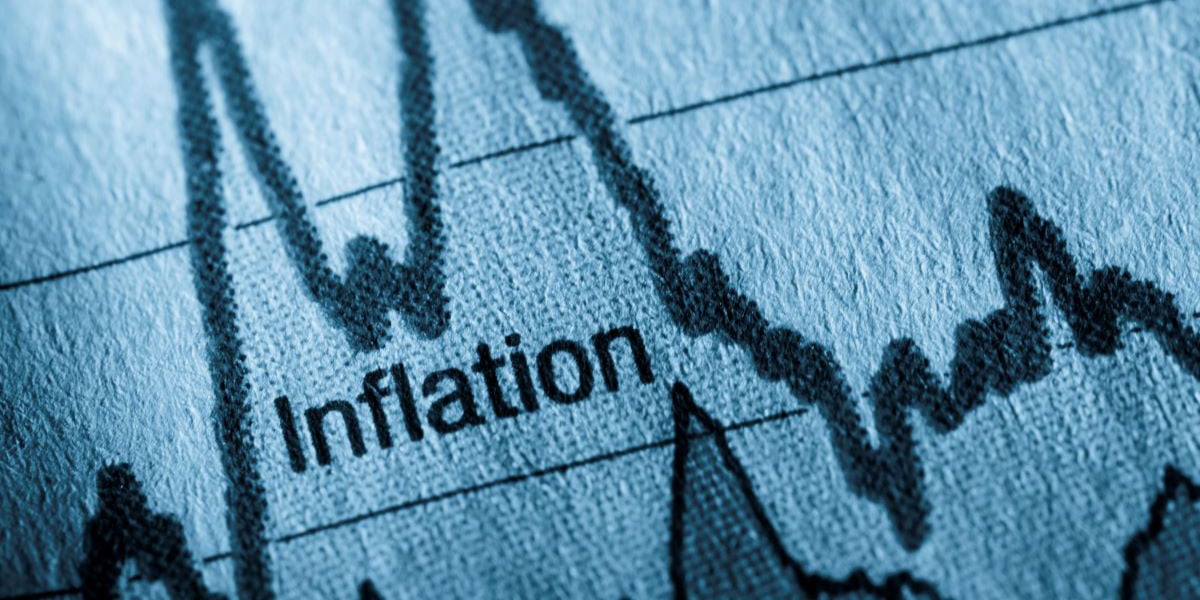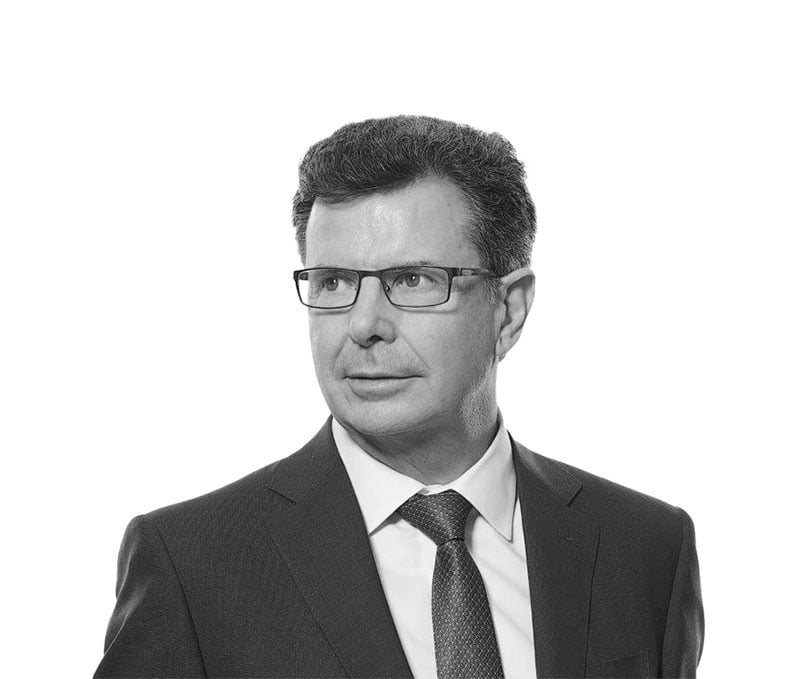Download the PDF

What about it?
The Australian Bureau of Statistics’ (ABS) latest quarterly price data show that our rate of inflation continues its steady decline, from its peak annual rate of 7.8% a year ago. However, at an annual rate of 4.1%, inflation is still some distance from the RBA’s inflation target of 2.5%. The good news is that the rate of inflation is falling at a more rapid pace than the market and most commentators (including) QIC were anticipating. But more importantly, in terms of interest rates, inflation has been falling more rapidly than the RBA’s expectations. The latest RBA forecasts were contained in their November Statement of Monetary Policy (SoMP), where they were anticipating the December quarter inflation rate to check in at 4.5%. While the RBA tends to place more weight on the underlying rate of inflation, rather than the headline rate, the RBA’s expectations and the actual outcome mirrored that of the headline rate with the RBA’s preferred measure of the underlying rate clocking in at 4.2% cf RBA expectations of 4.5%. For its part, the market is now fully pricing two 25 basis point (bp) rate cuts by its Board meeting by November, with the easing cycle commencing in July, and three rate cuts by its first meeting of 2025 in February. So, has the market got it right? Can we expect interest rate relief beginning in the new financial year when the adjusted Stage 3 tax cuts also hit our bank accounts or is the decline in the pace of inflation swift enough to deliver rate cuts earlier than the market is expecting? Or has the market and most commentators got it entirely wrong, and the recent rapid slowdown in inflation is a false dawn and declines in inflation from here will be hard fought?
The ABS tends to draw a distinction between goods inflation and services inflation and then between the inflation of tradables (i.e., items that compete on foreign markets, which tend to be dominated by goods) and non-tradables (that tend to be dominated by services). The reason for this is that goods and tradables tend to be driven more by global factors, while services and non-tradables tend to be driven by domestic factors, most notably domestic demand (in particular, consumer spending) and domestic costs (in particular, wage growth). This distinction has considerable implications for the RBA in that monetary policy, through the manipulation of interest rates, is influential on domestic demand and supply conditions, but not influential on global conditions. Hence, a situation whereby inflation rates of services and non-tradables are high is of far more import to the RBA and monetary policy than one where the source of inflation is externally derived. So, what is happening to the composition of inflation?
Inflation of both goods and services components (on average) is falling. Goods inflation has fallen sharply from a peak of 9.6% annual growth in the September quarter of 2022 to 3.8% in December 2023. The annual rate of services inflation, that peaked in the June quarter of 2023 at 6.3%, has fallen to 4.6% in December. Even more striking than the differential between goods and services inflation is the difference between the inflation rates of tradables and non-tradables. The annual rate of tradable inflation in the December quarter of 2023 was 1.5%, down from its peak a year earlier of 8.7%, while non-tradable inflation in the December quarter was more than 3½ times that of tradable inflation at 5.4%, only marginally lower than its more recent March quarter 2023 peak of 7.5%. It will be of no surprise to most readers that the main drivers of the still elevated non-tradable inflation are rent, new house prices, utilities and insurance. Rental prices rose at an annual pace of 7.3% in December, only slightly lower than the 7.6% annual pace of the September quarter. And this was despite the dampening impact of increases in Commonwealth Rent Assistance. On a quarterly basis, the ABS estimates that rental growth would have risen by 2.2% in the December quarter, rather than the actual outcome of 0.9% quarterly growth, had it not been for the government’s rent assistance. Similarly, electricity price inflation has been moderated by the government’s Energy Bill Relief Fund rebates. The ABS estimates that the Energy Bill Relief rebates have lowered electricity price inflation from 17.6% over the period from the June quarter to the December quarter of 2023 to, a still elevated, 5.7%. The ABS reported that the annual rate of insurance inflation was 16.2% in the December quarter, the highest annual rate in over 20 years. Driving the high rate of insurance inflation are the high cost of reinsurance, natural disasters and claims costs. Finally, the annual rate of new dwelling purchases remained elevated at 5.1%. Although the rate is down substantially from its peak of 20.7% in the September quarter of 2022 as supply constraints that boosted construction costs have eased, its downward momentum has stalled over the last six months as Australia’s population growth has boosted demand for housing.
What can we expect for these components going forward? On rents, no further increments to rent assistance is scheduled following the 15% applied in addition to the March and September biannual assessments. Energy Bill Relief rebates will apply for the remainder of the 2023-24 financial year, with no plan to continue the rebates into the 2024-25 financial year. Recent data indicates that house prices growth is easing, although there seems little to suggest that insurance costs will be falling any time soon. Overall, we should expect moderation in these key drivers of non-tradable inflation over the course of the year. However, many of the forces driving higher inflation in these components will remain over the first half of this year and it will not be until the second half of the year that we will get a clear picture of where the underlying trend for these components are heading. In the second half of the year the economy and inflation will also be impacted by the Stage 3 tax package and the flow on effects of higher wage growth, which will be running at around 4% over the first half of the year. With such uncertainty, we see little scope for the RBA to confidently cut rates in the first half of the year. They will also need to wait to assess the impact of tax cuts and wage hikes that will be impacting in the second half of the year. Hence, we remain of the view that the RBA will delay the commencement of its easing cycle until either its December 2024 or February 2025 Board meeting.

